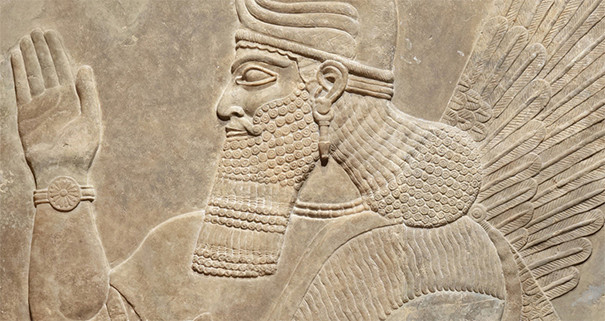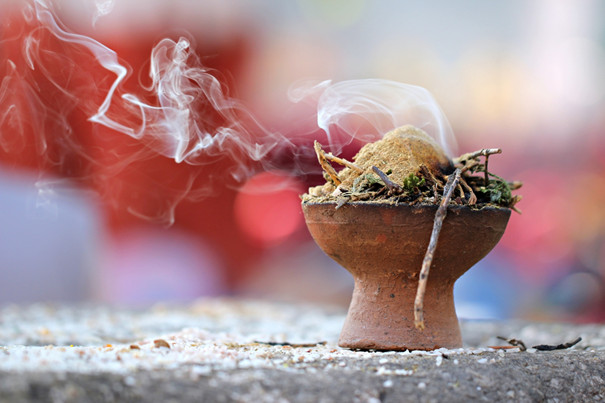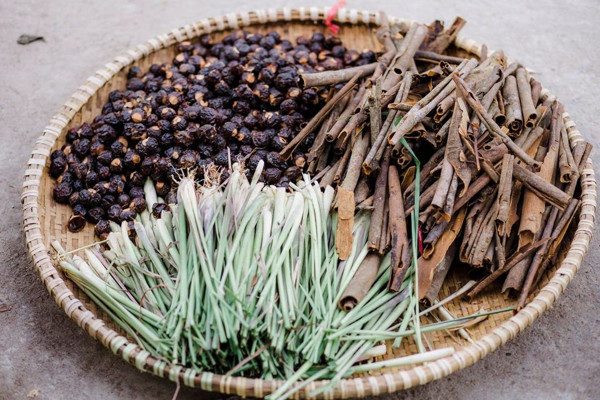Origins And History Of Incense
The incense has long become a familiar item in every family. The image of a red-lighted incense stick is warmer, the smoke still lingers, is the link between the gods of heaven and earth, between the deceased and the mortal world.
However, few people know where the origin of Incense comes from and how to create an incense stick. Let's learn more to better understand the history of the incense that we are using today.
The History Of Incense
The use of incense dates back to biblical times and may have originated in Egypt, where aromatic trees were imported from Arabia to be used in religious ceremonies and were brought by Greek merchants to sell to Asian countries. Gradually, Asian people loved incense because of its fragrance. And this fragrance is made entirely from the Boswellia Sacra plant. They mainly grow in the southern part of the Arabian peninsula. Because of its pleasant aroma, it is very preferred for the production of incense and it is used in places of reverence and dignity. And the people of Babylon had the custom of burning incense to reassure the gods.

In the early AD, the profession of releasing incense was very popular in Arabia. Then thanks to the Greek driver, incense began to thrive in Asian countries including China, Japan, Vietnam... Along with it was the strong development of Buddhism, then religion. Buddha with the fanciful scent of incense quickly spread together and spread widely. So when it comes to Buddhism, it is often associated with incense sticks
The Chinese burn incense not only to worship but also to know the time of the night called "incense clock", but only burn a single piece of incense each night. At temples and pagodas, they burn incense into hugs, and the smoke spreads in a misty manner.
The Japanese burn 12 incense sticks each night, each with a different scent. The demand for burning incense is increasing in Buddhist countries and the work of making incense is almost done by women.
Malaysians use incense less than other countries in the region, but there are types of incense up to 5-6m high, the diameter of which is as big as a house pillar, used to burn and offer to the "fortune" god. The Indian incense stick has a sophisticated shape, a gentle, elegant fragrance, and is easy to focus on when praying.

Discover the traditional incense process
At first glance, the simple and small incense stick, everyone thinks the production is very simple. When I see the incense maker with my own eyes, I understand that this profession is very elaborate. Going through many stages, each stage requires meticulousness and ingenuity.
For natural incense, the blending stage must be harmonious between acacia powder, agarwood powder and aromatic powder, sawdust. The stage of mixing the dough is also very even to achieve the right plasticity. Stitching incense is also extremely elaborate. After aeration, the incense must be dried naturally in the sun so that the ingredients blend together. Finally, the stage of counting incense, packaging must also be very careful.

Incense sticks have long reigned in every place of worship, from temples and shrines to every family, regardless of happiness, suffering, luxury. For Vietnamese people in particular and Asians in general, lighting an incense stick has a sacred meaning and is a cultural habit in daily life.
East Sea Import Export Company Limited
Address: 50/273 Dang Hai, Dang Hai, Hai An, Hai Phong, Viet Nam
Tel/ Whatsapp:
- Sali:+84 375876938
- Gina:+84 914486633
Email: eastsea.exim@gmail.com
Website:http://eastseaimex.com








